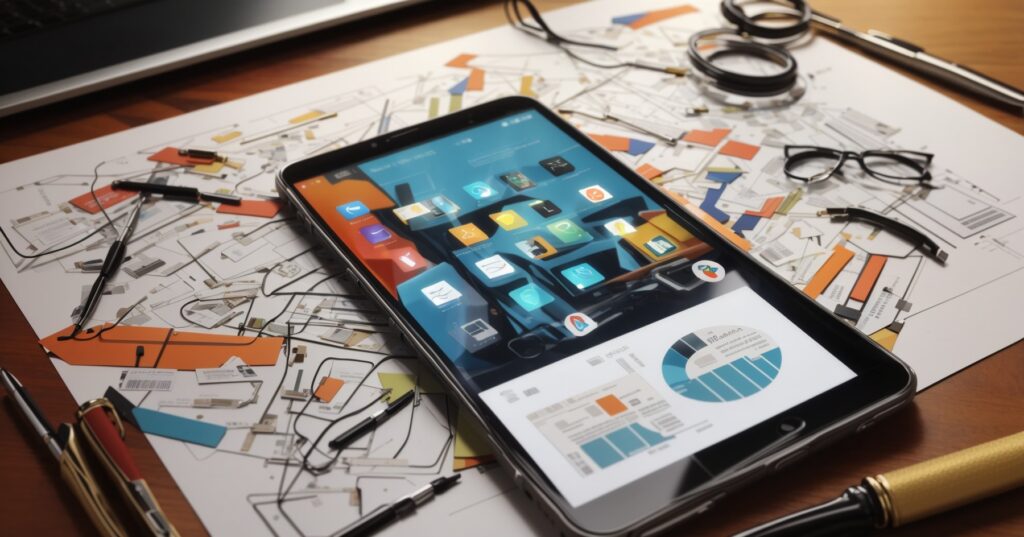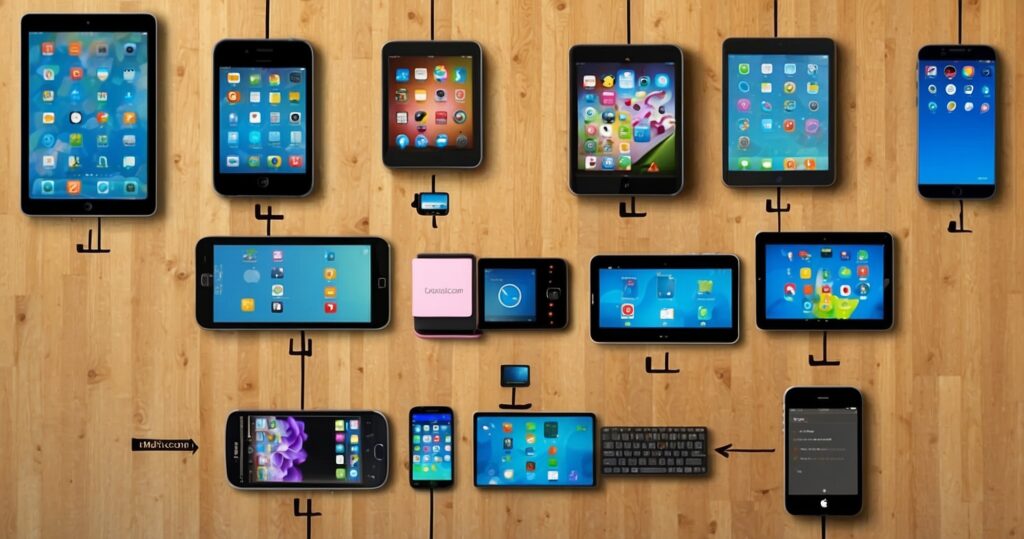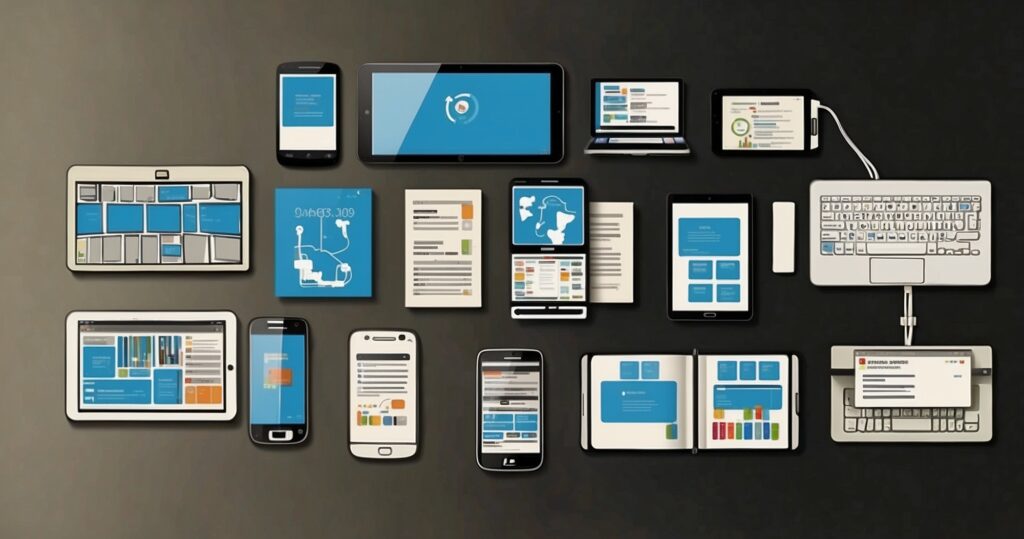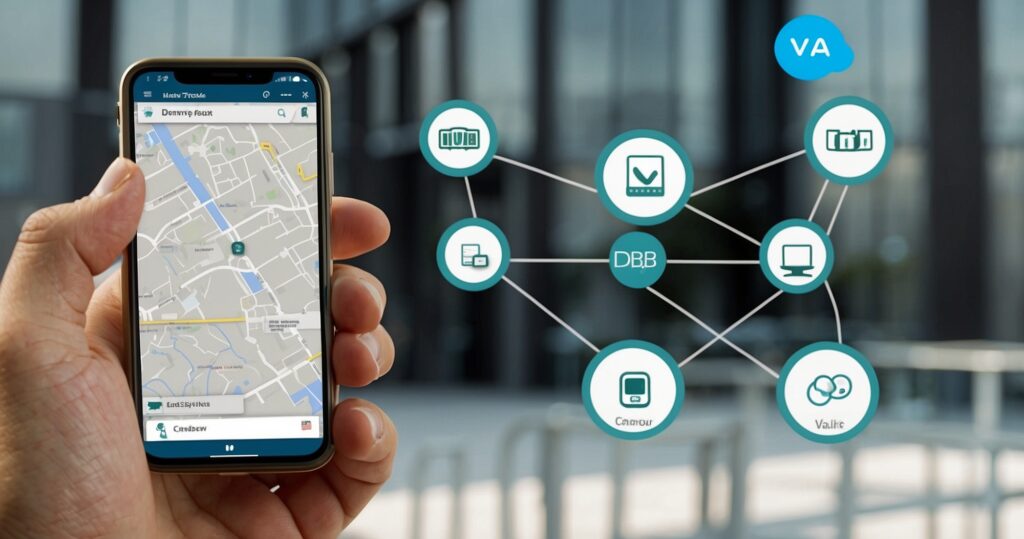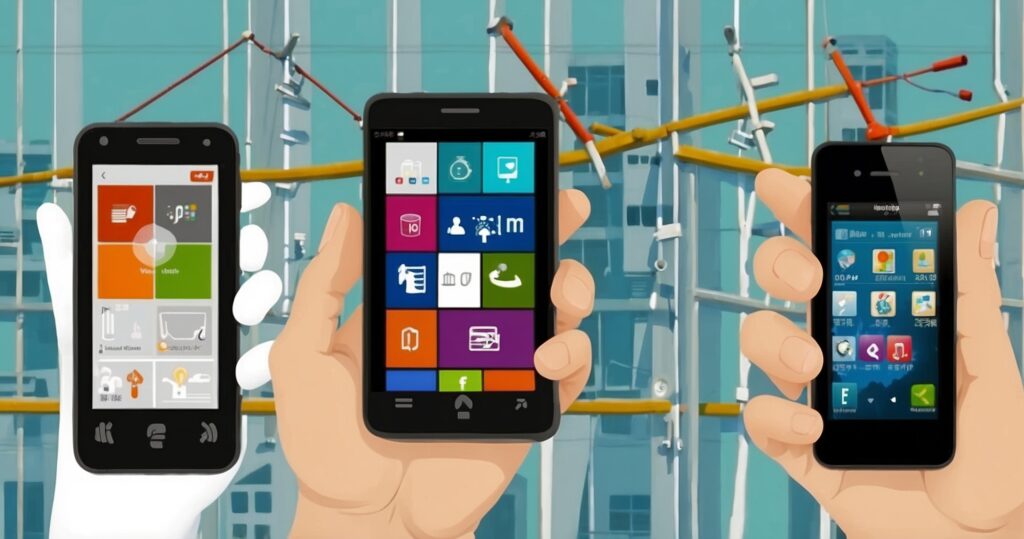You need smartphones for almost every modern workplace. Your team uses them to communicate, store data, and improve productivity. But they can also be a security risk. Smartphones are easy to steal or hack. Potential attackers frequently target them. So, you need a way to manage your team’s mobile devices. That’s where mobile device management (MDM) comes in.
With MDM, you’ll simplify managing your team’s mobile devices. You’ll also improve your security and reduce technical problems.
Keep reading to learn how your business can use MDM to manage your company’s devices.
Why Mobile Device Management is Crucial for Small Businesses
Here’s a scenario we can all understand
You’ve landed a major client, and your team is excited to start work on a project. During the triumph, a team member accidentally loses their company-issued phone, which also happens to store sensitive information about this new client.
Thankfully, you have another copy of their data. So you’re not concerned about your access to the data. You’re worried about the wrong party accessing it from the phone.
If that information gets into the wrong hands, you won’t just lose the client. You’ll also face long-term reputational damage and potential legal issues.
So what do you do?
If you have MDM, you can remotely lock the device, track its location, and wipe its data clean. So even if an unauthorised party gets hold of the phone, they can’t access any confidential data. Without MDM, it’d just be a matter of time before they hacked in.
MDM doesn’t completely prevent data breaches, but it massively eliminates the chances of one happening. Through it, you gain an increased level of security and control, which will make your SMB a safer place.
Cisco found that 70% of employees use personal devices, including phones, for work. So, you need MDM to protect both your employees’ personal and company-issued devices.
What is Mobile Device Management (MDM)?
MDM is a set of tools for managing, monitoring, and securing your mobile devices. You can use it for your smartphones, laptops, tablets, and wearables like smartwatches.
A standard MDM solution includes:
1. Device enrollment and configuration
You’ll simplify setting up new devices and ensure they follow company policies.
2. Security management
You can protect your devices via
- encryption
- remote wipes
- passwords
- and multi-factor authentication (MFA).
3. Application management
You can control which applications can be installed or used on company-issued devices.
4. Content management
You can control who has access to corporate data and documents.
5. Monitoring and reporting
You’ll receive insights on company device use and compliance with regulations.
The Benefits of MDM for Small Businesses
These are the eight major benefits of MDM for your small business.
1. Enhanced Security
Cyber threats become increasingly dangerous every day, and they often target smartphones. Since phones are portable and everyone has one, they’re a great target for hackers.
With MDM, you can protect your smartphones by adding extra layers of security. These defences ensure your data has the least chance of being leaked, even if your devices are stolen.
2. Improved Productivity
MDM improves productivity by streamlining the setup and management of your devices. Your IT administrators can use it to remotely configure devices and wipe data if they’re lost. Best of all, they can do this without physically accessing your device.
With MDM, your IT administrators can also remotely perform device management tasks. For example, they can schedule updates during off-peak hours to avoid interrupting work.
3. Improved Field Staff Productivity
Your IT administrators can use MDM to remotely support field staff when they need it. That way, your field staff can better focus on work. They won’t be bothered by technical issues they can’t resolve themselves.
You can also use MDM to proactively solve problems before your field staff deploys.
4. Cost-Effectiveness
Manually managing devices, even for a small business, is expensive and time-consuming. MDM automates most of these tasks, freeing time and resources for other activities.
MDM also saves costs by being proactive. Your IT team will discover and correct problems before they happen. So you’ll reduce repair and replacement costs.
5. Centralised Management
MDM provides centralised management for your devices. The advantage of centralisation is both simplicity and increased safety. Your IT team can remotely wipe all data from any device from a single platform.
Without MDM, they’d have to sort every employee’s phone one by one. That’s both time-consuming and cumbersome.
6. Enhanced Mobility
MDM improves your remote workforce’s ability. It does by allowing them to be more connected with you. You can also use it to proactively resolve remote workers’ potential problems. Doing so preserves their productivity.
Your workforce can securely work from anywhere with MDM managing their devices. With it, they’ll always have updated devices and experience the fewest technical problems.
7. Reduced Downtime
Since MDM is a proactive approach, you’ll avoid many potential technical problems. So you’ll have reduced downtime and fewer maintenance issues. Thanks to this, your team can instead focus on their core responsibilities. So they’ll have higher productivity and more efficient operations.
8. Customer Service
Better-managed devices mean you’ll have more reliable service delivery. You’ll also achieve more timely customer communications. So your overall customer service and satisfaction will improve.
Implementing MDM: A Step-by-Step Guide
Here’s a step-by-step guide on how to implement MDM in your small business today.
1. Assess Your Needs
How many devices does your company use? Of these, how many are computers versus smartphones? Do you have any specific security requirements? These questions will help you decide which MDM solution is right for your business.
2. Choose the Right MDM Solution
There are dozens of popular MDM solutions, including Microsoft Intune and MobileIron. Each has its own advantages and disadvantages. Analyse all these choices to figure out which one works best for you.
Evaluate this based on your needs, your budget, and each option’s ease of use. Take advantage of each solution’s free trial before you commit to a solution.
3. Develop a Clear Policy
You need a clearly defined mobile device policy to implement your MDM solution.
Among other things, your policy should outline:
- Acceptable device use
- Specific security requirements
- procedures for reporting lost and stolen devices
Ensure your employees understand your policies. Consider providing training, especially for reporting lost or stolen devices.
4. Enroll Devices
It’s easy to enroll your devices in most MDM solutions. Usually, this involves email invitations or QR codes. So ensure all your company’s devices are enrolled onto your system.
5. Deploy Applications and Content
Use your MDM solution to set application and content controls. You want to restrict potential distractions like non-working-related apps. Doing so helps your employees remain focused and productive during working hours.
6. Monitor and Manage
Use MDM to monitor all devices for compliance, security and performance. Your MDM solution provides insight into device use. Use it to identify and proactively address any potential problems.
7. Provide Ongoing Support and Training
Since technology always changes, you need to provide ongoing training to your team. Ensure your employees are comfortable with their devices. They should also understand your company’s device policy.
Inform your employees whenever you update your policies to keep them aware.
Overcoming Common MDM Challenges
These are the three biggest challenges in implementing and managing MDM in your business.
1. Employee Resistance
Your employees may be concerned by increased monitoring and privacy loss. Address their concerns by informing them of MDM’s benefits.
Focus on better security and productivity. Also, communicate that your company respects their privacy and only monitors necessary data.
2. Complexity
Your MDM solution could be complex, with many features and options. Simplify its implementation by first deploying the most important features. Then, you can gradually expand to the rest.
That way, your company will build comfort with the system over time.
You’ll also receive customer support and training resources from your vendor.
3. BYOD Management
You need a clear BYOD policy that informs team members of when and how to use personal devices.
Explain how your MDM separates personal and business data, preventing privacy loss.
The Future of Mobile Device Management
These are the four trends you need to watch out for in MDM.
1. Artificial Intelligence and Machine Learning
AI and machine learning will revolutionise MDM by allowing features like:
- Advanced threat detection
- Predictive analysis
- Automated responses
These features improve an MDM’s solution to detect and handle threats. So the result is better mobile security.
2. Unified Endpoint Management (UEM)
Unified endpoint management is a more holistic version of MDM. It provides one platform for managing all endpoints, including mobile devices, computers, and IoT devices. With it, you get a more holistic way to manage your devices’ security.
3. 5G and Edge Computing
MDM solutions could use 5G networks and edge computing for faster data processing. This could provide benefits like real-time data processing and even faster problem-solving.
4. Zero Trust Security
Zero trust security assumes that no devices can be trusted by default. It’s a new approach that’s replacing the conventional perimeter-based security model. We can expect MDM solutions to incorporate a zero trust security approach. This would involve continually verifying every device and user’s security.
Get MDM today!
Mobile device management (MDM) is the solution for managing your company’s devices. You need it to improve your security and simplify device management. With it, your IT administrators can remotely wipe data in case of security breaches.
That said, implementing MDM can be tricky. Why not ask a professional for some help? Click here to receive a free consultation with PowerbITs today!

